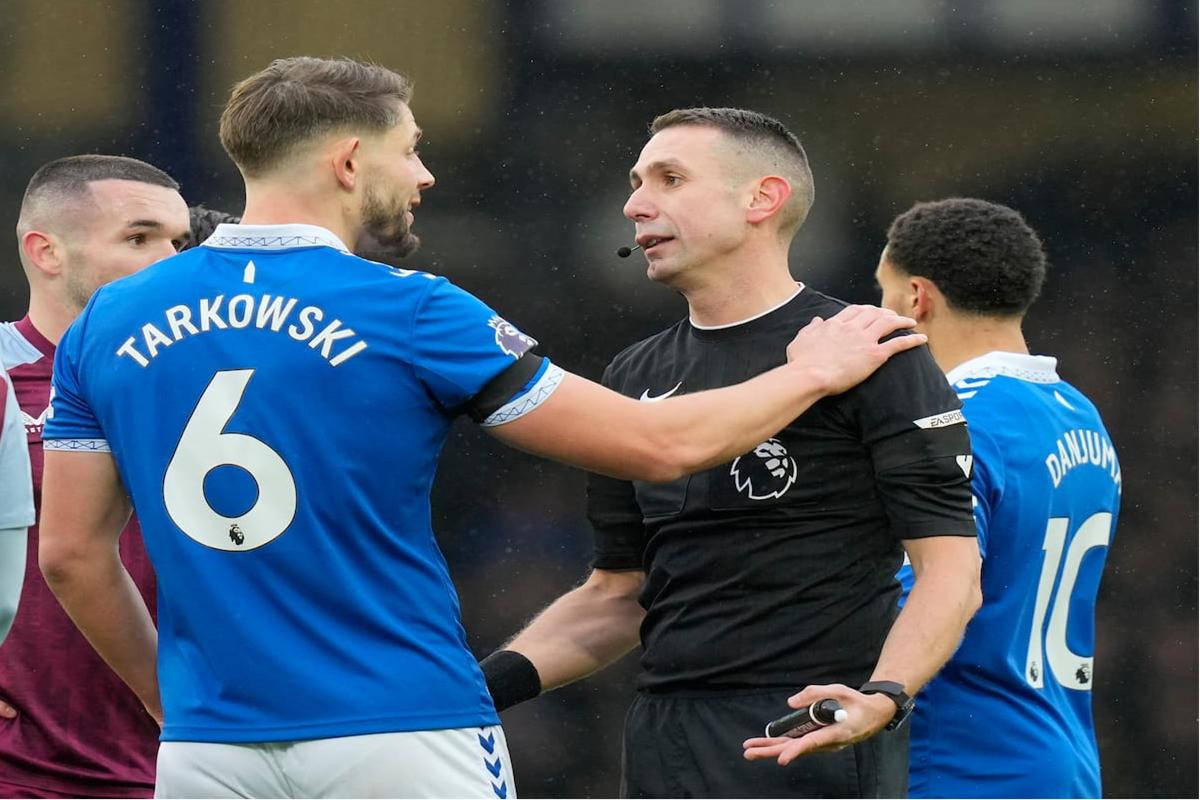[ad_1]
Recently Sixteen clubs voted in favour of the Premier League developing a financial model based on a spending cap. The model will be presented to clubs during June’s annual general meeting (AGM). Should the proposal receive the necessary votes, it will replace the current Profit and Sustainability Rules (PSR) starting from the 2025-26 season.
However, the initial vote was not unanimous, with four clubs not completely in favour. Manchester City, Manchester United and Aston Villa opposed the potential implementation of a spending cap. Meanwhile, Chelsea abstained from voting on the matter. These clubs didn’t cite the reason behind their decisions. However, many factors could have made these teams feel it was not the correct option.
It would be unfair to assume those against it are only acting out of self-interest. Some might question the motives of certain teams. There is a feeling of the ‘big’ teams trying to keep the league a closed shop. However, this theory does not seem to add up for a club like Aston Villa. The ins and outs of the model are not fully clear at this point. Therefore there may be some issues we are unaware of for why some teams may disagree.
A majority of people feel that the charges placed on clubs for overspending have spurred on the plan for a spending cap. This season, the authorities penalized Everton and Nottingham Forest with eight and four points respectively for violating FFP rules. Many believe that the existing financial regulations of the league favour clubs with the highest revenues. A spending cap would limit clubs’ outlay on transfers, wages and agents’ fees.
What Are the Current Rules?
Currently, PSR rules allow clubs to incur losses of up to £105m throughout three seasons. According to the Premier League, these regulations aim to promote the long-term financial stability of clubs and uphold the competitive spirit of the league by preventing any unfair advantages.
PSR rules came into effect in 2013 and have since been a significant part of the Premier League’s financial regulations. According to these rules, any club that incurs losses exceeding the stipulated limit may face sanctions, including fines and transfer restrictions. Additionally, these regulations also require clubs to provide evidence of their financial stability to the league’s governing body. This includes regular submissions of financial reports and audits to ensure that clubs are not misusing their resources and are adhering to the rules.
Why the Change?
In February, the Premier League received a warning that a failure to reach a funding deal with the English Football League (EFL) would result in the government creating a new football regulator to impose an agreement on it. The next month, the Premier League and the EFL failed to settle on a funding deal.
When Premier League clubs first considered moving away from the PSR Rules, observers expected them to adopt a model similar to UEFA’s. UEFA regulations allow clubs to spend only up to 90% of their revenue on squad costs. Starting from the 2025-26 season, this limit will be further reduced to 70%. Therefore, the amount they can spend will be restricted by the amount of money they generate.
Instead, the Premier League stated that the clubs in the top flight would agree to introduce a new, competition-wide financial system. This new system would replace the Profit and Sustainability Rules.
How Would the Spending Cap Work?
The Premier League will now concentrate on developing a spending cap model. The vote on Monday only concerned the development of a model, not the introduction of one. Premier League clubs will meet again at June’s AGM when they might receive a proposal. Discussions will then take place on the model, before a possible vote.
Reportedly, proposals have included capping spending to between four and five times the amount the lowest-earning Premier League club receives in TV revenue. Of course, this is speculation, and it cannot be confirmed exactly how the system would work. It is clear though that the current rules are not going to remain the same. A new proposal could also arise but at this point, the spending cap seems the most probable outcome.
According to football finance expert Adam Davis, the proposed spending cap could enable clubs such as Newcastle and Nottingham Forest to spend the required amount to remain competitive. Alternatively, there would be a concern that this cap could force some teams to the brink of financial collapse.
Image Credit: Deposit Photos

[ad_2]
